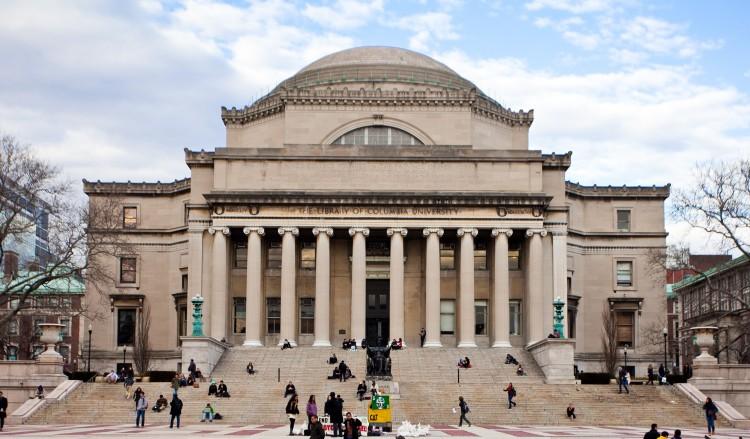Architect: Charles McKim
Built: 1895–1897
NEW YORK—“An excellent expression of the neo-Classical style, the monumental domed building is the focal point of the campus,” proclaims a Landmarks Preservation Commission document, referring to the Low Memorial Library, “and its imposing interior, dominated by a vast central hall with rich, classically inspired ornament, ranks as one of the finest monumental spaces in New York City.”
Columbia College moved three times before settling on the Morningside Heights campus in 1897. The Low Memorial Library was the first structure erected on the new campus.







